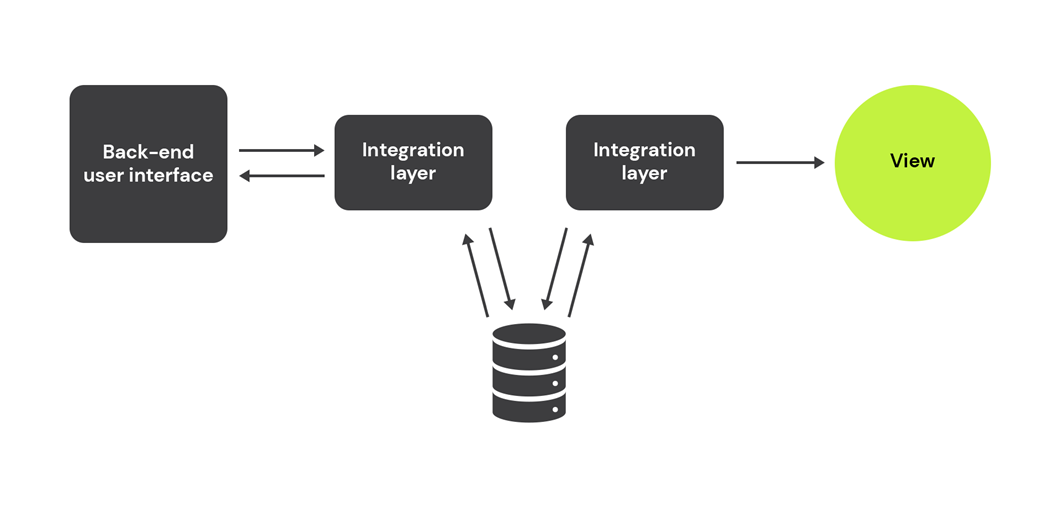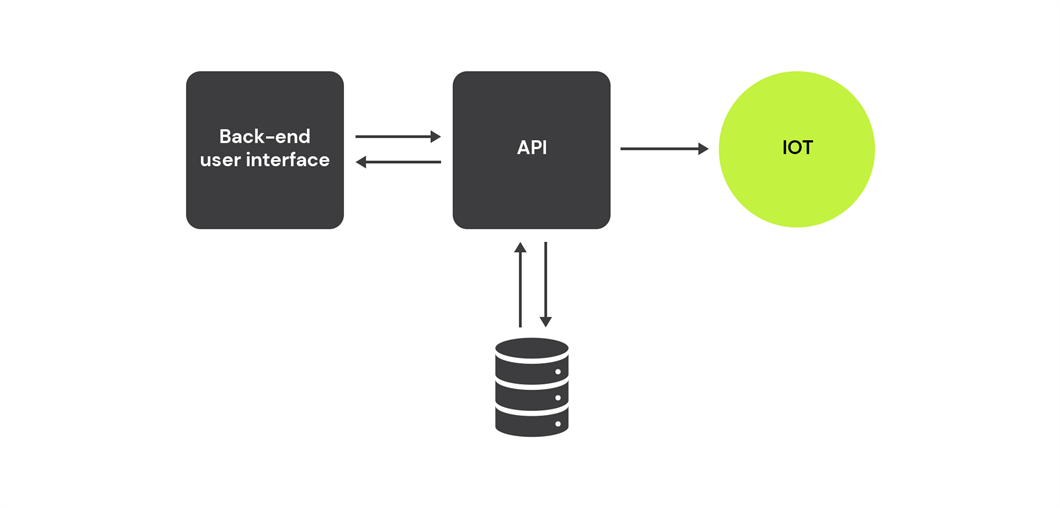Separates the head from the body
Now, let’s look at how headless CMS architecture differs from traditional CMS architecture. Headless CMS decouples your front-end from your back-end, whereas traditional CMS ties the two together. In that way a more traditional CMS system combines the content and the presentation, while a headless CMS system separates the content and the presentation. Simply put, with headless CMS you separate the head (front-end) from the body (back-end). That allows the head to focus on workflow facilitation and collaborative aspects of CMS, without being concerned about the site structure, design and page templates.
Content without design can be used on any device
From a content perspective there are multiple benefits of headless CMS. One of them is that content without design can be used on any device. Here IoT and Smart Watches would be the easiest concepts to grasp. Because it would be impossible to keep up with all possible device sizes, methods of design, available colours, etc.
A system with the possibility of scaling
For a CMS system to be considered headless, it needs to be built from an integrations first perspective. Many of the CMS systems that are called headless are actually full-blown CMS systems that simply have APIs built into the system at a later stage, to gain certain headless capabilities. The rise of cloud systems brings a new twist to this as well. If you need a system with the possibility of scaling, you will need a microservices approach, because this allows you to scale one specific service, without duplicating an entire CMS system.





